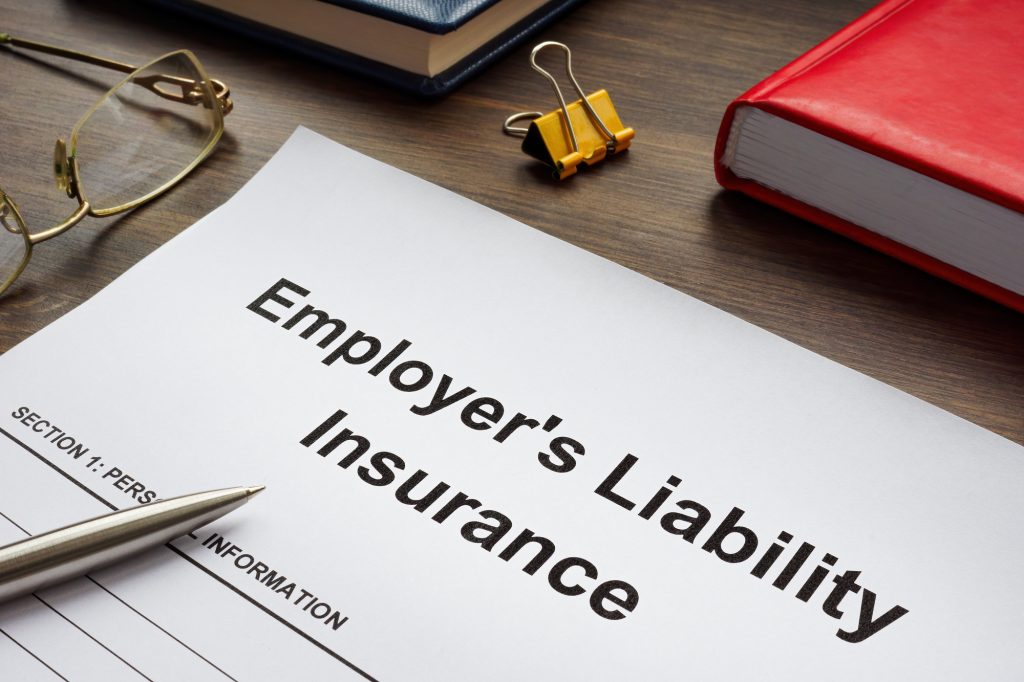
Employers’ liability insurance is a critical aspect of risk management for businesses of all sizes. This type of insurance plays a fundamental role in protecting a business and its employees from the financial repercussions of workplace injuries or illnesses. Understanding the nuances of employers’ liability insurance is essential for every business owner aiming to create a secure and legally compliant work environment.
This article provides an overview of employers’ liability insurance for business owners.
The Essence of Employers’ Liability Insurance
Employers’ liability insurance is a crucial business safeguard, complementing workers’ compensation policies. It specifically addresses scenarios where an employee might pursue legal action against their own employer for injuries or illnesses sustained on the job that fall outside the scope of standard workers’ compensation coverage. This type of insurance protects businesses from the financial burden of legal fees, court costs, and any potential settlements or judgments.
By bridging the coverage gaps left by workers’ compensation, employers’ liability insurance offers businesses an essential layer of financial security, ensuring they’re better equipped to handle the intricacies and potential financial liabilities of employee-related claims.
The importance of employers’ liability insurance cannot be overstated, especially in a landscape where workplace injuries or disputes can lead to significant legal costs. It’s integral to comprehensive business insurance, safeguarding businesses from unforeseen financial strains. For more information, business owners can check out reputable resource websites.
Understanding Policy Coverage
Employers’ liability insurance primarily covers expenses arising from employee lawsuits over job-related injuries or illnesses, encompassing legal fees, court costs, and any resulting settlements or judgments. However, business owners must recognize that this insurance doesn’t extend to intentional wrongful acts or contractual liabilities.
Understanding the specific inclusions and exclusions within their policy is essential for business owners to ensure they’re adequately protected and aware of the boundaries of their coverage. This understanding can help in effective risk management and financial planning for potential employee-related legal issues.

Legal Requirements and Compliance
In numerous states, holding employers’ liability insurance is legally mandated, making adherence to these regulations essential for businesses. Non-compliance can result in significant penalties and complex legal challenges. Business owners must be well-informed about the specific insurance requirements of their respective states.
Business owners must ensure that their policies align with these legal standards as it’s not only a matter of regulatory compliance but also a step towards safeguarding their business against potential legal and financial repercussions arising from non-adherence to state-mandated insurance obligations.
Assessing the Business Needs
Determining the appropriate level of employers’ liability insurance coverage is a nuanced process, contingent on various aspects of a business. Factors such as the business’s nature, employee count, and industry-specific risks play pivotal roles in this assessment.
Conducting a comprehensive risk evaluation allows business owners to gauge the potential hazards and vulnerabilities their business may face. This process enables them to choose a coverage level that aligns with their unique operational needs and risk profile, ensuring adequate protection against potential liability issues.
Cost Factors and Premium Calculations
Employers’ liability insurance pricing is influenced by several key factors, including the company’s size, the total payroll, the specific risks associated with the industry, and the history of claims made against the company. Insurance carriers evaluate these variables to determine the insurance premiums. This underscores the significance of fostering a safe work environment.
By minimizing workplace hazards and reducing the incidence of claims, businesses can effectively control and lower their insurance costs, making workplace safety a strategic factor in financial planning for liability coverage.
Reducing Risks and Premiums
Adopting robust safety protocols and conducting regular employee training are pivotal strategies for minimizing workplace accidents. These preventative measures not only enhance the overall safety of the work environment but also play a critical role in reducing the frequency of insurance claims.
As a result, businesses often experience a notable decrease in their employers’ liability insurance premiums. Continuously reviewing and updating safety procedures ensures that these measures remain effective and relevant, thereby maintaining a high workplace safety standard and aiding in the efficient management of insurance-related expenses.
Navigating Policy Renewals and Changes
As businesses grow and change, so must their insurance strategies. Regular reviews and updates to insurance coverage are crucial to keep pace with these changes. Factors like shifts in business operations, fluctuations in employee numbers, or updates in industry-specific regulations often require modifications to existing policies.
Staying proactive in adapting insurance coverage ensures that the protection remains aligned with the current state and needs of the business. This ongoing adjustment is vital to maintain adequate coverage and safeguard the business against evolving risks and legal requirements in a dynamic business environment.
Conclusion
Employers’ liability insurance is fundamental to a business’s risk management strategy. It ensures compliance with legal requirements and provides financial protection against potential claims arising from workplace incidents. By keeping the information mentioned above in mind, business owners will stay informed and adapt coverage accordingly, which is imperative for ongoing protection and success.










